Nepal legalized safe abortion service in 2002. The Government of Nepal enshrined reproductive rights in the country’s constitution in 2015. In 2018 Nepal passed the Right to Safe Motherhood and Reproductive Health Act 2018, which ensures the right to safe abortion for all women.
However, awareness of the legalization of abortion is low. As of 2016, the contraception prevalence rate was 52.6% (Nepal Demographic and Health Survey). As of 2014, over 62% of unintended pregnancies ended in abortion, and an estimated 58% of all abortions were unsafe (Source: Guttmacher 2017, Abortion and unintended pregnancies in Nepal). Services including safe abortion are provided without cost in Nepal, but as of 2021, according to the Nepal Health Facility Survey, just 19.2% of health facilities offer abortion care services.
There is a need for extensive outreach so services can reach everyone, anywhere.
Through these glimpses into the daily lives of Nepal's dedicated health workers in rural areas, we understand the critical role they play in providing quality abortion care and post-abortion contraception. These individuals are instrumental in implementing Nepal's Safe Motherhood and Reproductive Health Act of 2018, ensuring every woman's access to education, information, counseling, and services related to sexual and reproductive health. Their unwavering dedication and compassion underscore Nepal's commitment to the reproductive rights of its women.
WHO is also working with the Ministry of Health and Population in Nepal to support training institutions to build the skills of health workers to improve the delivery of sexual reproductive health services.
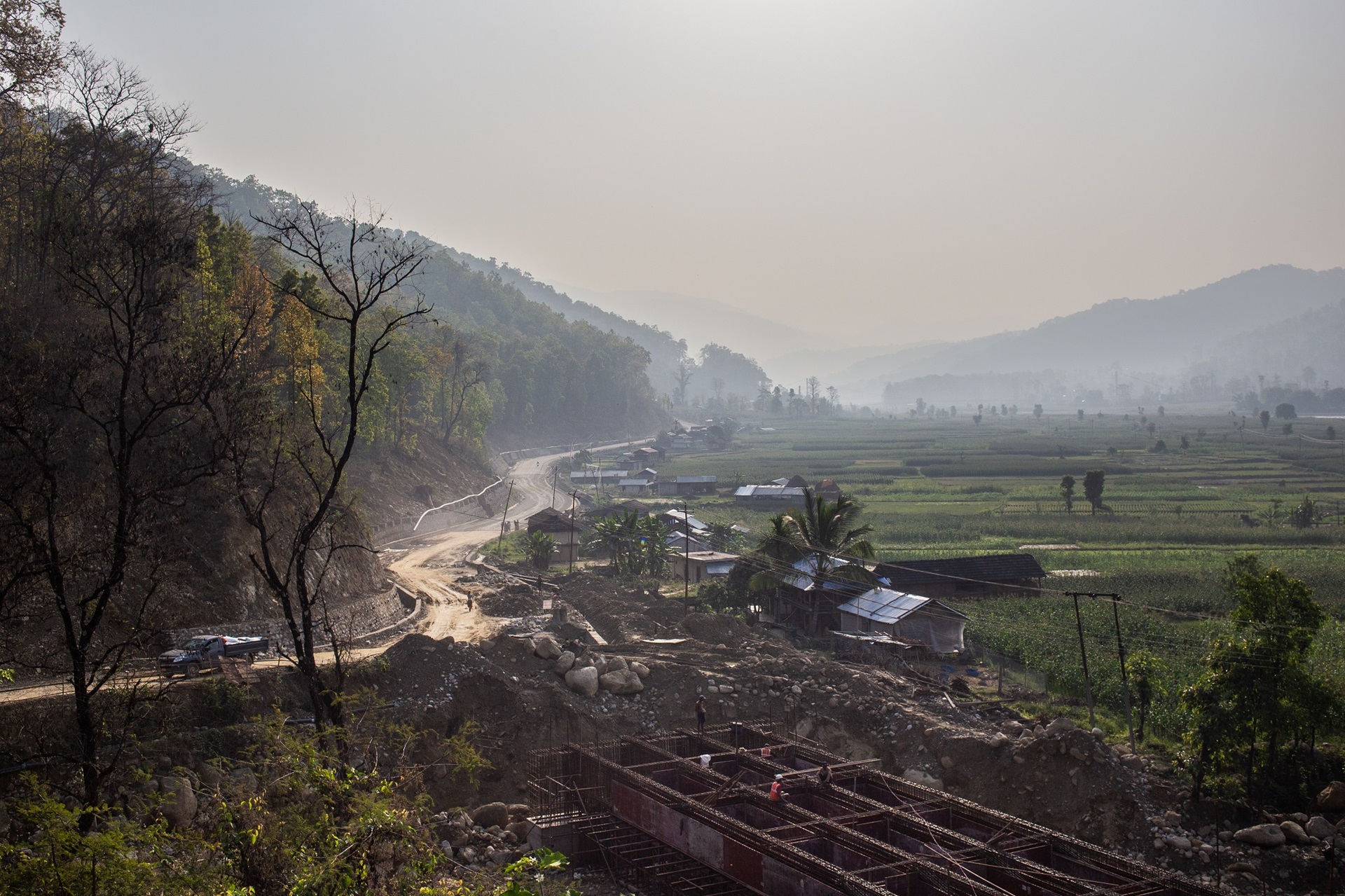
A view of a rural municipality in Sindhuli, Nepal, where the Government of Nepal is working to improve access to family planning and safe abortion among rural communities.
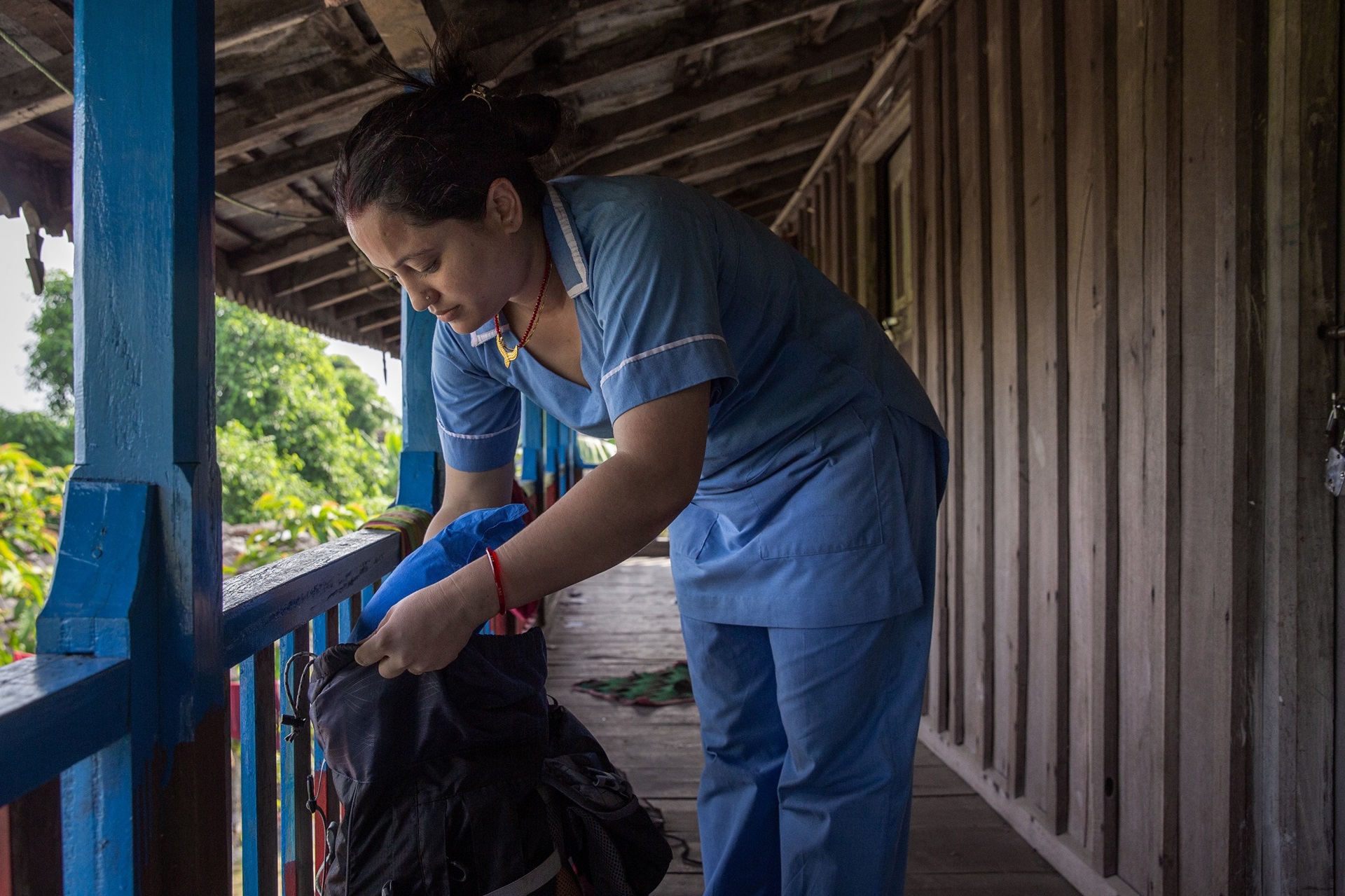
A health worker prepares to leaves for work in rural Nepal. She helps to deliver on the Government of Nepal’s Safe Motherhood and Reproductive Health Act, 2018, which affirms that every woman shall have the right to obtain education, information, counseling and services relating to sexual and reproductive health.
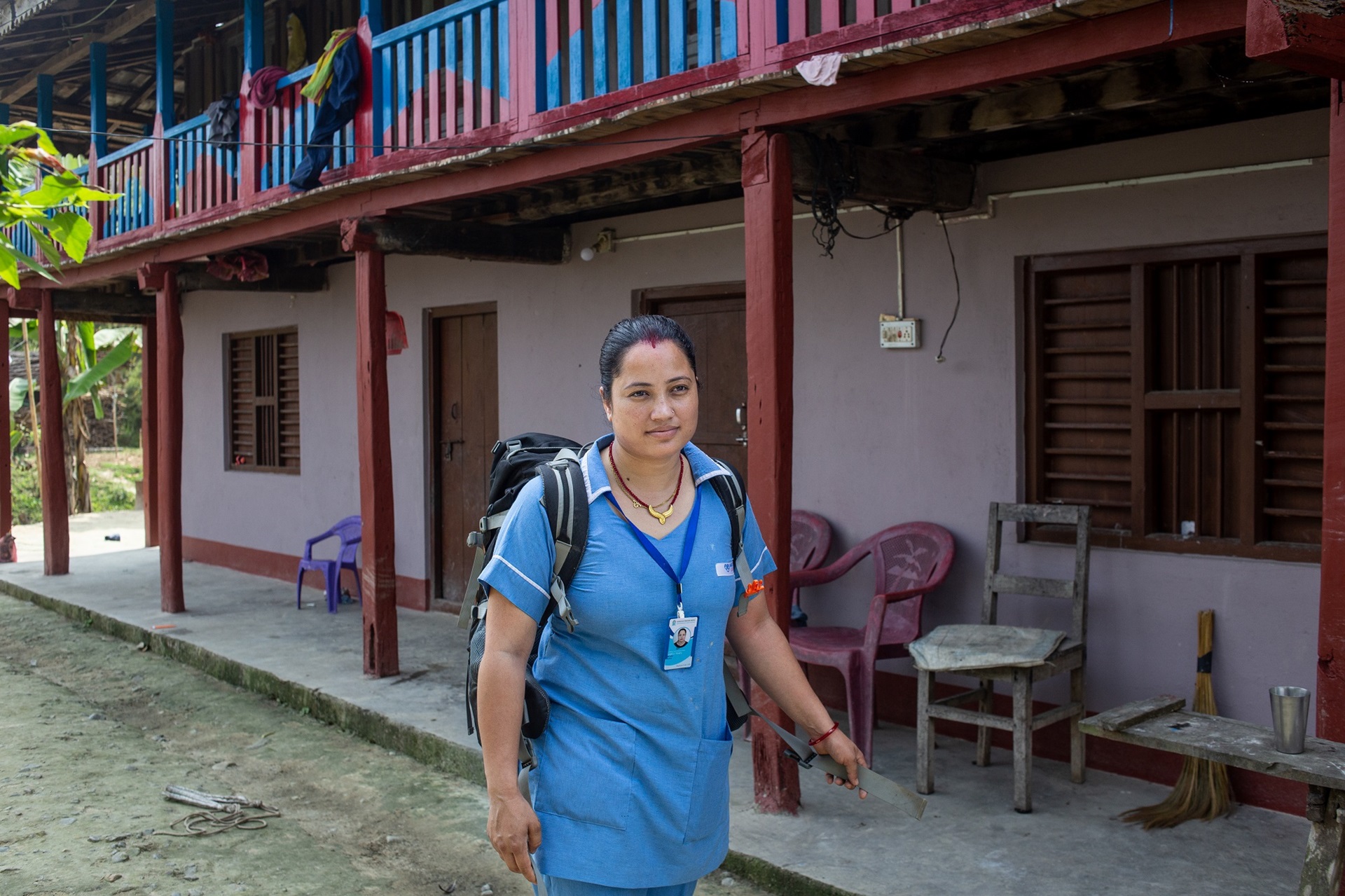
She provides home-based sexual and reproductive health services (SRH) including safe medical abortion care and family planning. She has been trained in safe medical abortion care as per the Government of Nepal guidelines and protocols. She also builds networks and partnerships with local pharmacies, health facilities, and Female Community Health Volunteers, informing and establishing referral links with women’s groups and other community groups about available family planning and safe abortion services.

She follows up with a client who recently received an intrauterine contraceptive device (IUD).
An IUD is a long-acting contraception method inserted into the uterus. It is one of many efficient contraception methods that women and girls may use to prevent unintended pregnancies.

Rajkumari, 38, at her home in rural Nepal. Rajkumari received an IUD two years ago.
Rajkumari also meets with the health worker on a follow-up visit at her home.
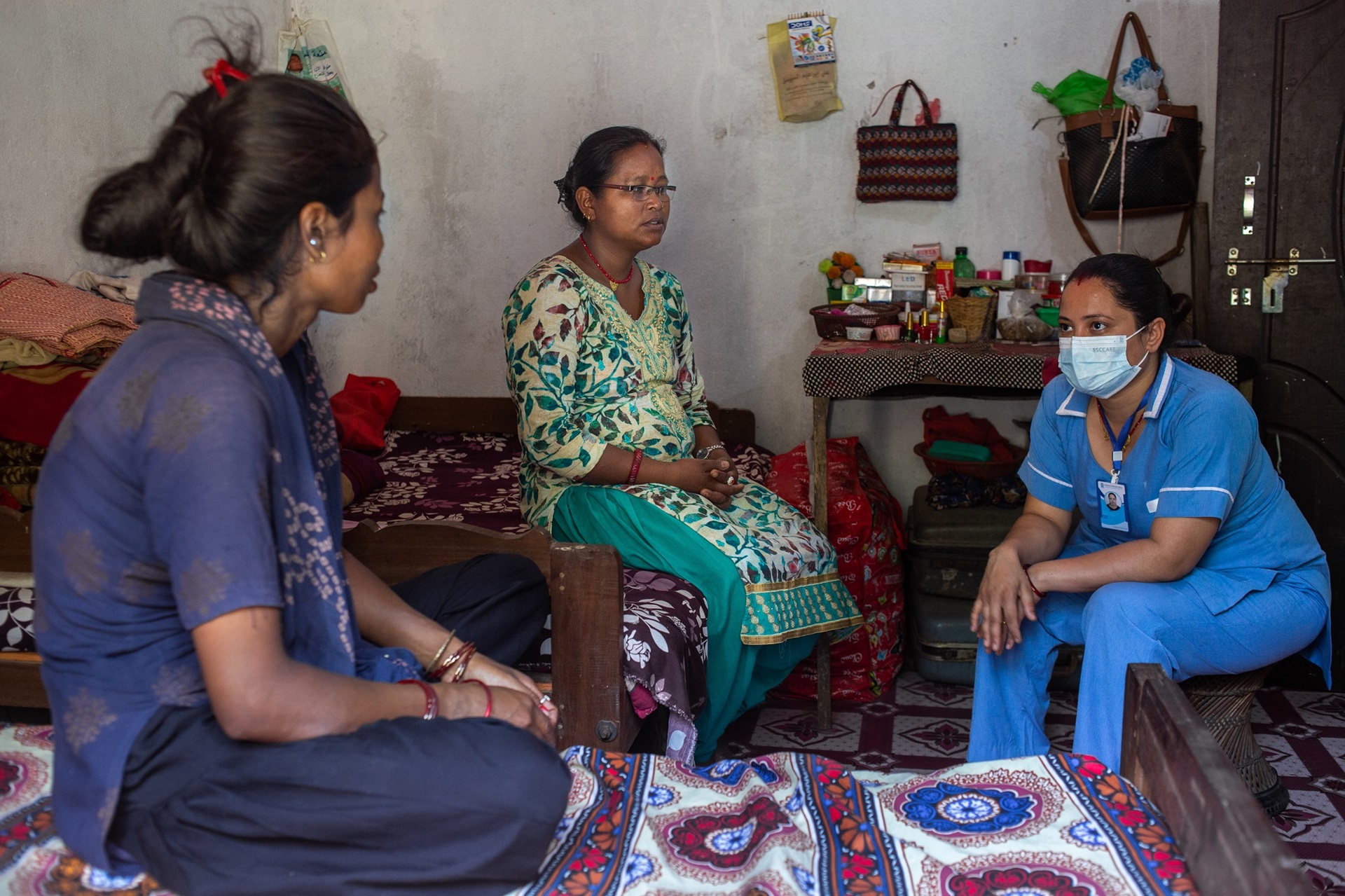

A youth mobilizer (left) and the health worker walk to other clients’ homes to provide sexual and reproductive health services in rural Nepal. If there is no road that is accessible for vehicles, the team has to travel many kilometers on foot, carrying heavy bags to people's homes to provide critical services.
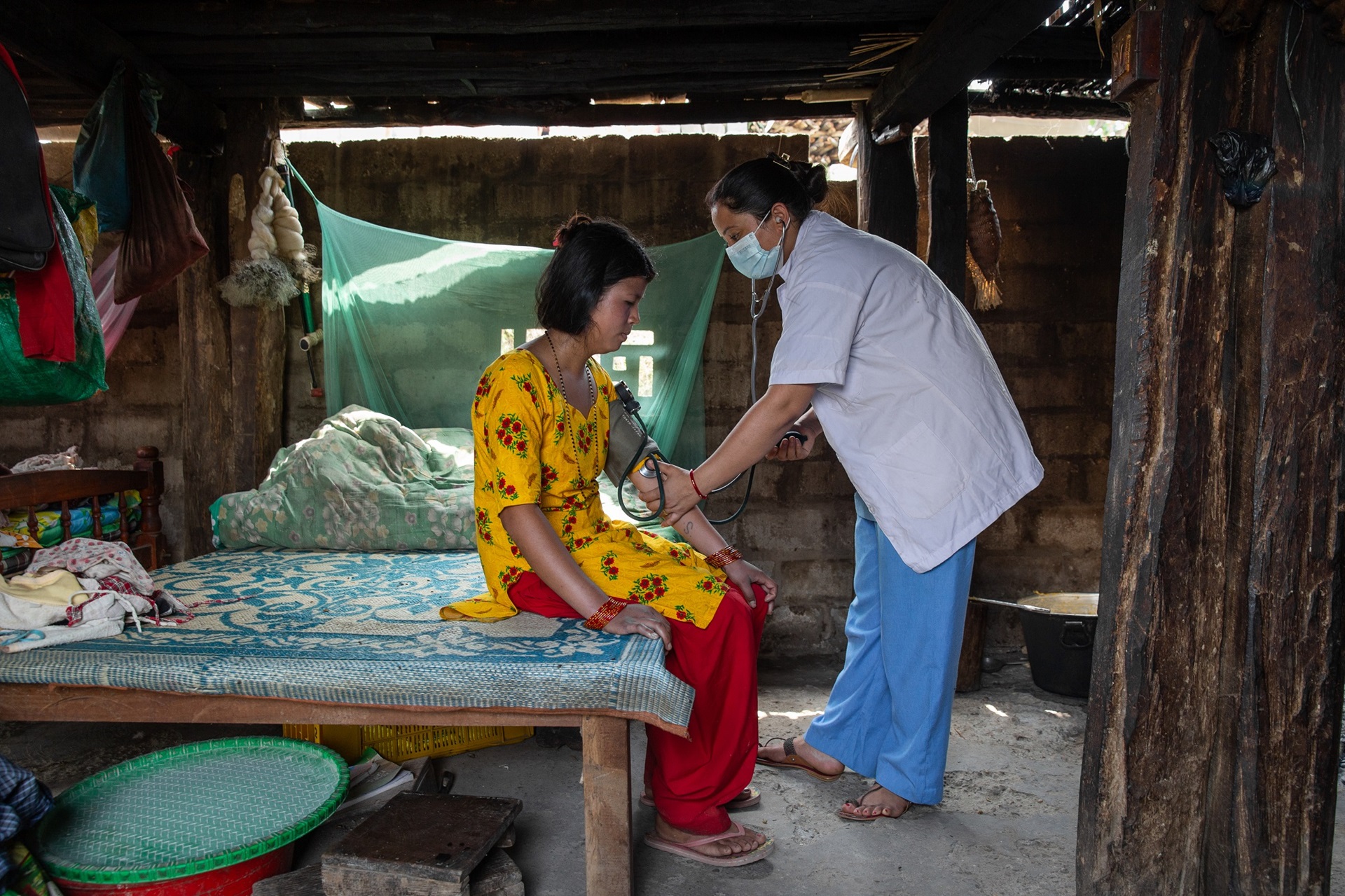
A mother receives care from the health worker at her home in rural Nepal.
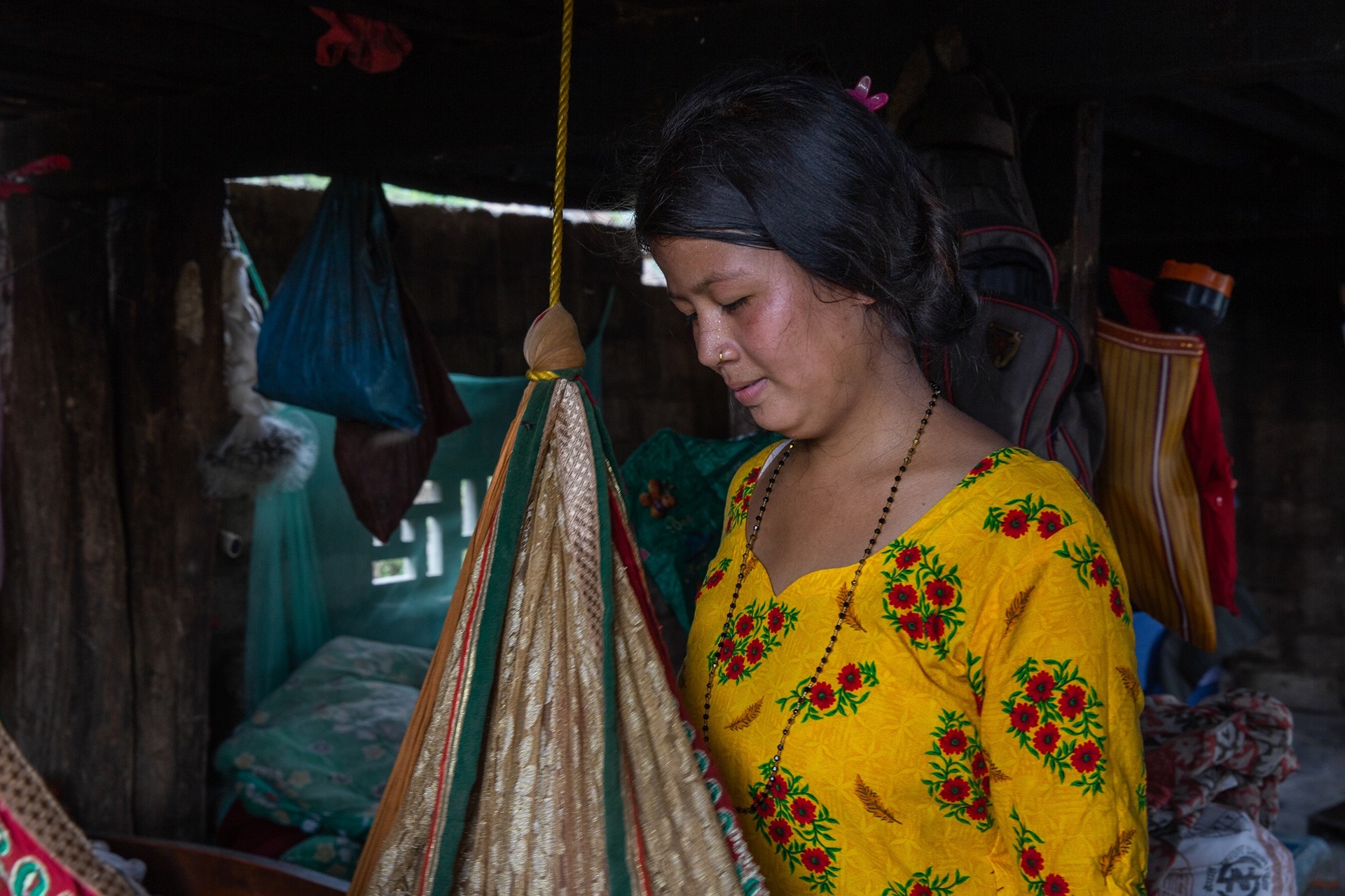

A mother taking care of her 10-month-old son during the visit from the health worker at her home.
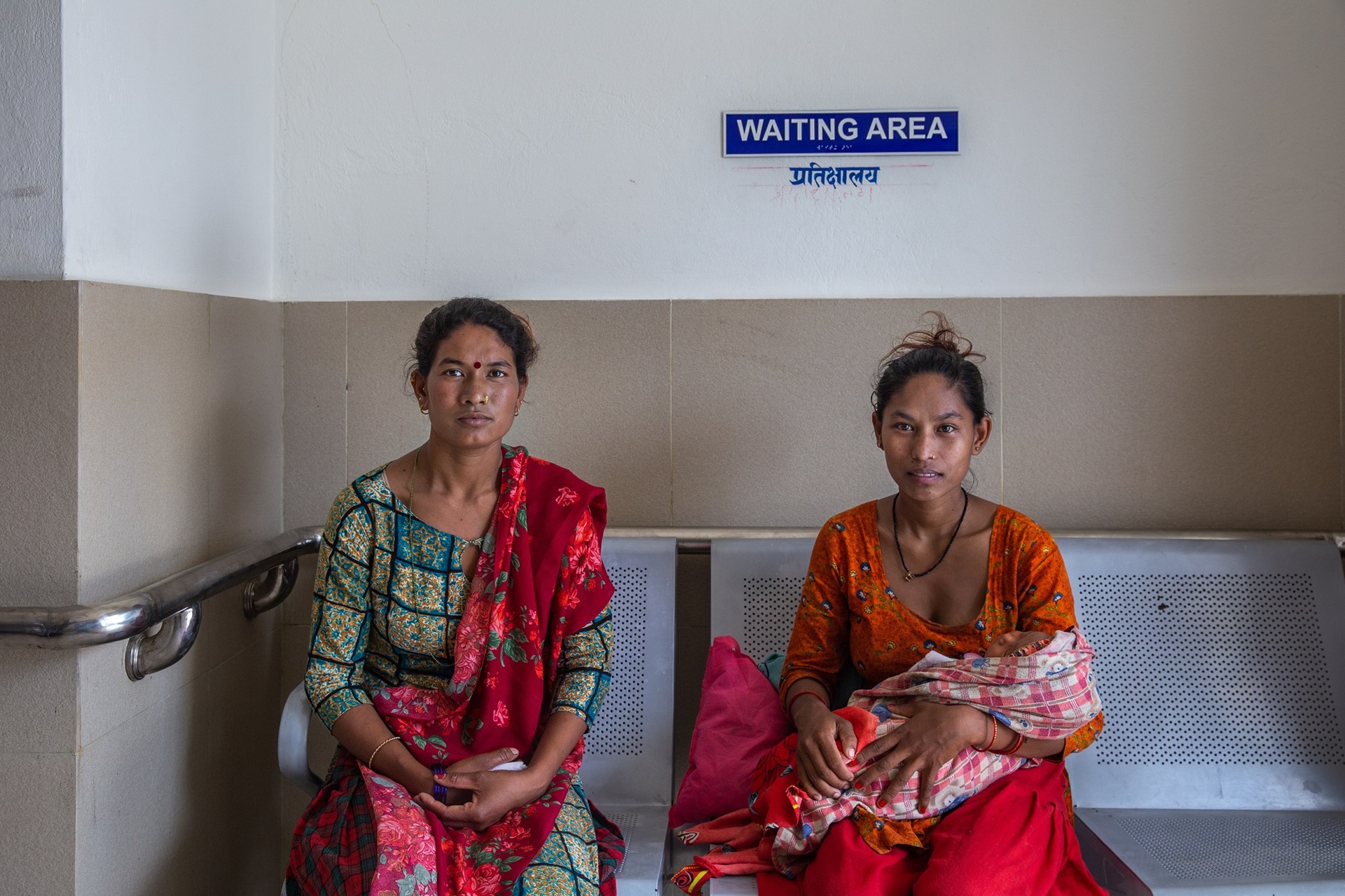
Meanwhile, Pabitra (left) and Asmita (right) wait for family planning services at a health post in Sindhuli.

Pabitra listens to the family planning information at the health post in rural Nepal.
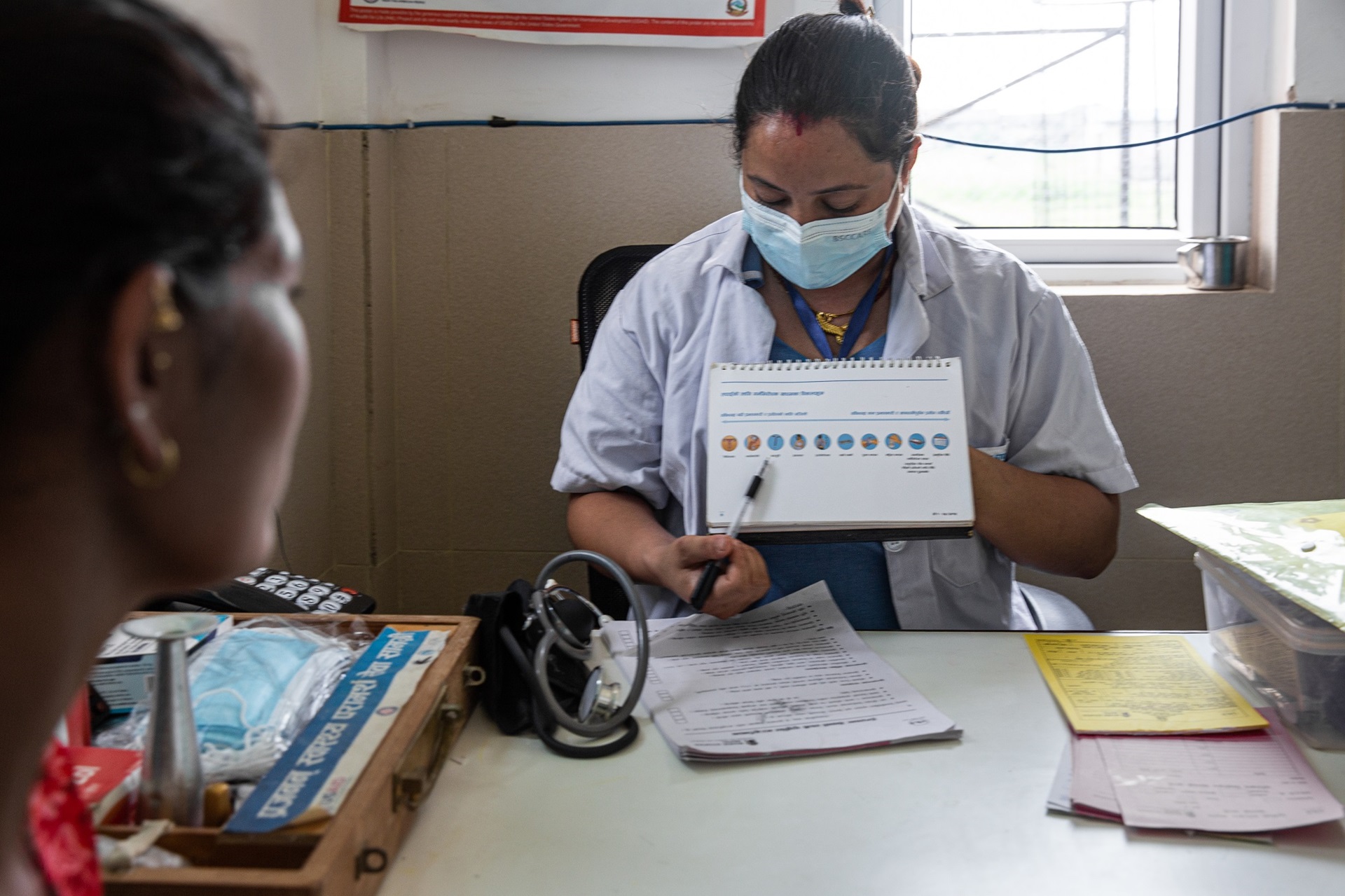
A health worker providing counseling services to Pabitra.
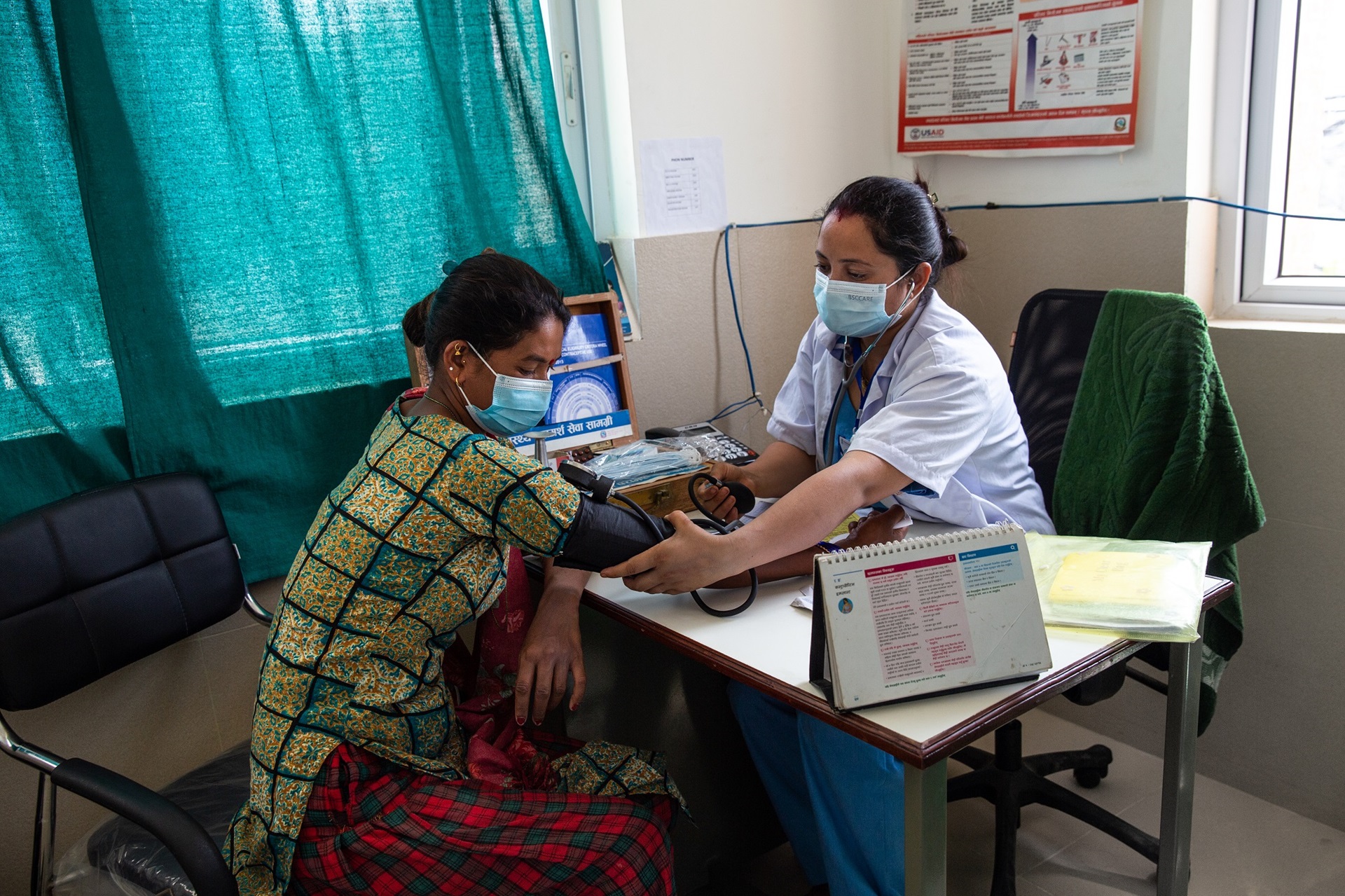
The health worker also checks the status of her health.

The health worker fills out Pabitra's patient form before providing family planning services.

A contraceptive implant provided to Pabitra during her meeting.
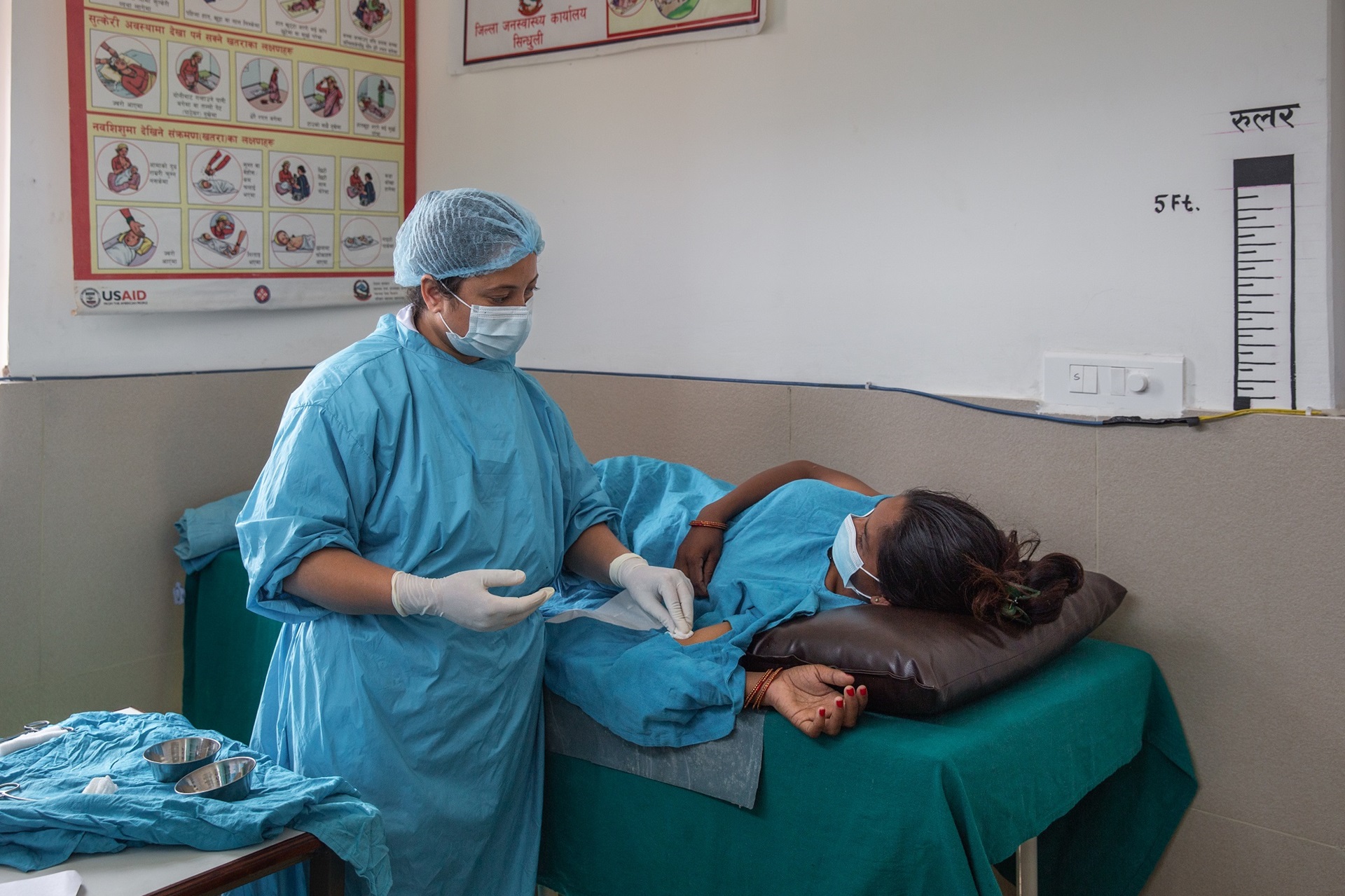
A health worker inserts a contraceptive implant for Asmita at a health post. The contraceptive implant is a long-acting method put into the upper arm that prevents pregnancy for up to five years.
Health workers are crucial to providing quality abortion care and post-abortion contraception.
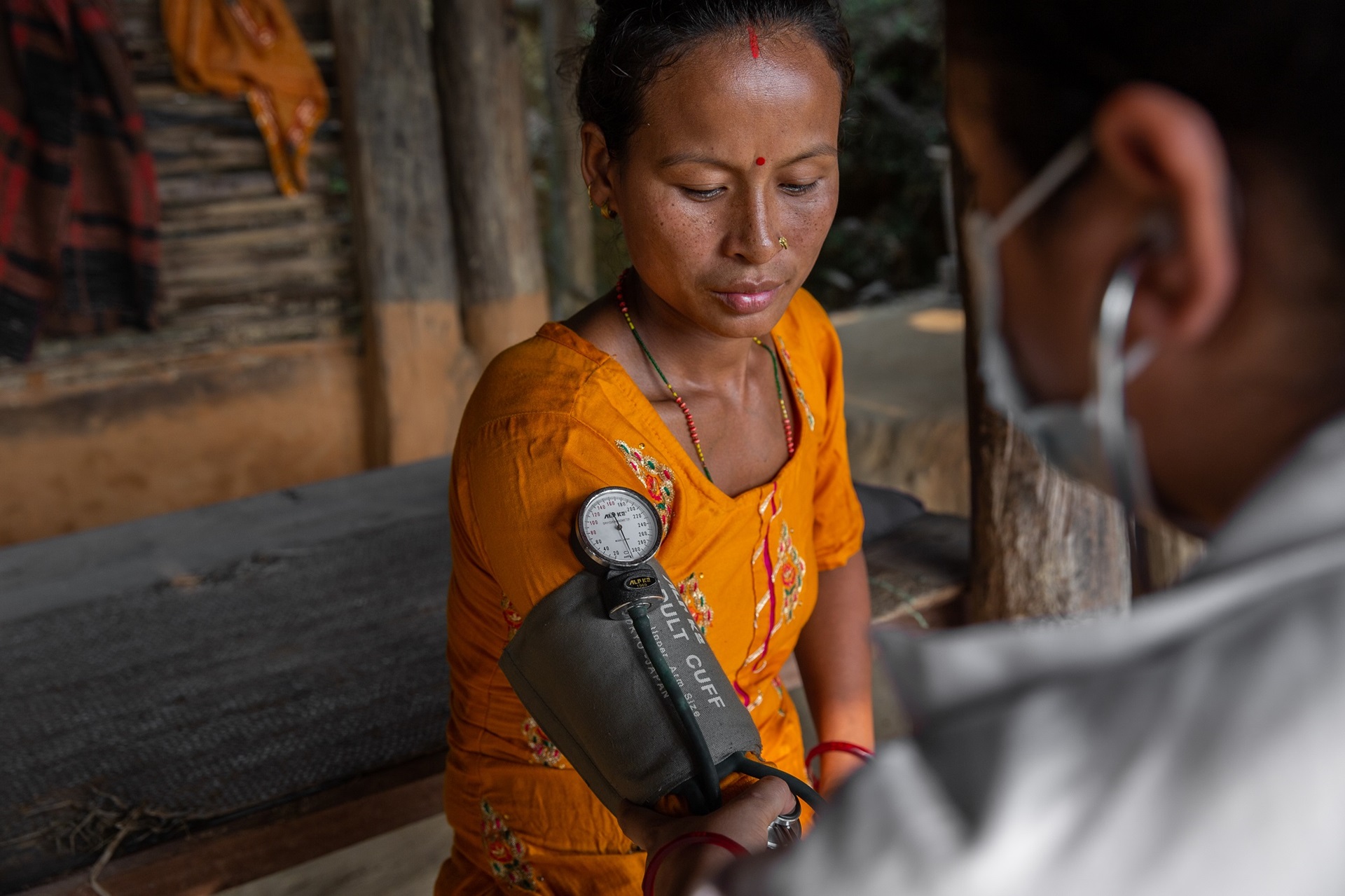

A health worker checks Sreva's* blood pressure at her home in rural Nepal. Two years ago, Sreva received a safe abortion from this health worker. She continues to receive sexual and reproductive health services from the same health worker who travels great distances to deliver quality care.
*Names changed
Fact Sheets
